Photobooks are a great way for presenting visual stories. We recommend five photobooks from India that all photographers must see for inspiration. Shot in distinct contexts, each with a different purpose and style, these photobooks are interesting examples of photography from India. Authored by professional and amateur photographers (representing different genres – documentary, street, art, family, travel, architecture and nature), these books present diverse pictures of modern India in photographs.
The featured photobooks by eminent documentary photographers Raghubir Singh and Raghu Rai showcase ‘everyday moments’ from the street and local milieu. Photo based artist Dayanita Singh’s book Privacy shifts our gaze to the private space of urban elite. Her mother Nony Singh’s book is a lovely family memoir photographed by a mother who is not a ‘professional photographer’. And then there is collection of photos by the late Prime Minister Rajiv Gandhi, a hobbyist photographer with a special sensibility.
We learn from these photobooks to present photo stories in a meaningful way, as they stitch together multiple images into a narrative. Arranged thematically, photobooks take literary forms, like a biography, travelogue, poetry or prose.
As democratization allows more people to take photos, print-on-demand and self-publishing avenues thereon are creating photobook app for photographers to publish and share their work. This list is a first in the series of inspirational articles for aspiring photobook makers.
A Way Into India / Raghubir Singh
Raghubir Singh (1942–1999) is best known for pioneering colour photography in India. He photographed streets and people in documentary style. Singh was a self-taught photographer. Henri Cartier Bresson is said to have influenced his work after they came in contact during the French lensman’s visit to India.
Singh published several photobooks. In his last published work A Way Into India, Singh uses the quintessentially Indian Ambassador car to narrate stories from Indian streets. ‘Travelling back and forth across the country, Singh reveals India through the windows of the Ambassador. Temples and tourists, monsoon rains, paddy fields, tea plantations and elephants are dramatically framed by the Ambassador’s distinctive curves. The old and the new sit side by side, as Singh and the Ambassador show us a way into India’.
Privacy / Dayanita Singh
Dayanita Singh is an artist. Her medium is photography and the book is her primary form. There are many reasons why Dayanita’s work and vision is significant in Indian photography. She challenged the ‘quintessential Indian photo’, turning the lens from the public to the private. She shifted focus from the strangers on the exotic Indian street to the private world of the urban elite, making portraits of people and their plush homes. The portraits in Privacy are intimate. Her subjects are participants, posing for her in their best attires. They seem to be familiar with the act of posing. There are several images without people – of furniture, libraries, bookshelves and home interiors – quietly revealing the unseen stories of their owners.
Book excerpt taken from her website: The self-confident elite of the country is nearly unknown in the West. Privacy provides great insight into a closed world characterized by tight family solidarity. Singh shows the people as they would like to see themselves, in the middle of splendidly decorated rooms and surrounded by possessions that represent their self-image. At a certain point in her work Singh realized that even without their residents, the rooms were occupied by the invisible generations that had lived there before. The book closes with photographs of interiors, empty but still filled with spirits.
The Archivist / Nony Singh
Nony Singh is photographer Dayanita Singh’s mother. Nony was the self appointed family photographer, a serious business for her. She photographed her four daughters, family members and herself to build what Dayanita calls ‘an archive’ of the family. Her archival work started with her creating an album of her husband’s former girlfriends. The ones she took are mostly staged, often playing with drama and fantasy and inspired by films.
A treasure trove of family memories, The Archivist is a beautiful family album, lovingly photographed and carefully put together.
Raghu Rai’s India / Raghu Rai
Raghu Rai is one of the most influential photographers in India. Born in Punjab, Raghu Rai started his journey as a photojournalist. In 1971, his work caught the attention of Henri Cartier Bresson, who helped him become a part of Magnum Photos. Rai has captured India in all its essential facets, publishing a number of books.
Raghu Rai’s India is a notable work chronicling his photographic journey. A must see for aspiring documentary and street photographers. Raghu Rai’s images are a great example of finding and capturing the right moment amidst the bustle and chaos of Indian life. His images capture the quirks and drama in everyday life, making ordinary moments of ordinary people, larger than life.
An Intimate Vision – Photographs by India’s late Prime Minister / Rajiv Gandhi
The late Prime Minister was an avid photographer. A serious one. This beautifully laid out book presents a variety of images – landscape, architecture, wildlife and family portraits. There are lovingly shot portraits of a young Sonia Gandhi, sensuous and intimate. There are charming portraits of friends and family. Aerial shots of jungles and wildlife. There are many photos of buildings, streets and landscape with no people. Flipping through the pages of book, one finds a very calm and observant ‘photographers eye’.
In the introduction to the book, Sonia Gandhi aptly describes Rajiv Gandhi’s photography: “The most significant feature of Rajiv’s photographs is that they were intended for no eyes but his own; the communication he sought was between his subject and himself. He never set out, as a professional photographer would, to ‘cover’ a theme to build up an oeuvre, to seek out images to contribute to an overall visual ‘statement’. He took photographs because that was for him one way to express his tenderness for those who shared his life, his instinctive feeling for nature, his delight in observation. Rajiv’s pictures are completely spontaneous and unselfconscious, the visual equivalent of a personal diary which he filled in at regular intervals through the seasons of his life. An intimate portrait of him, as mine was, could not have been complete without these images that so simply and so directly disclose some of his essential qualities”.
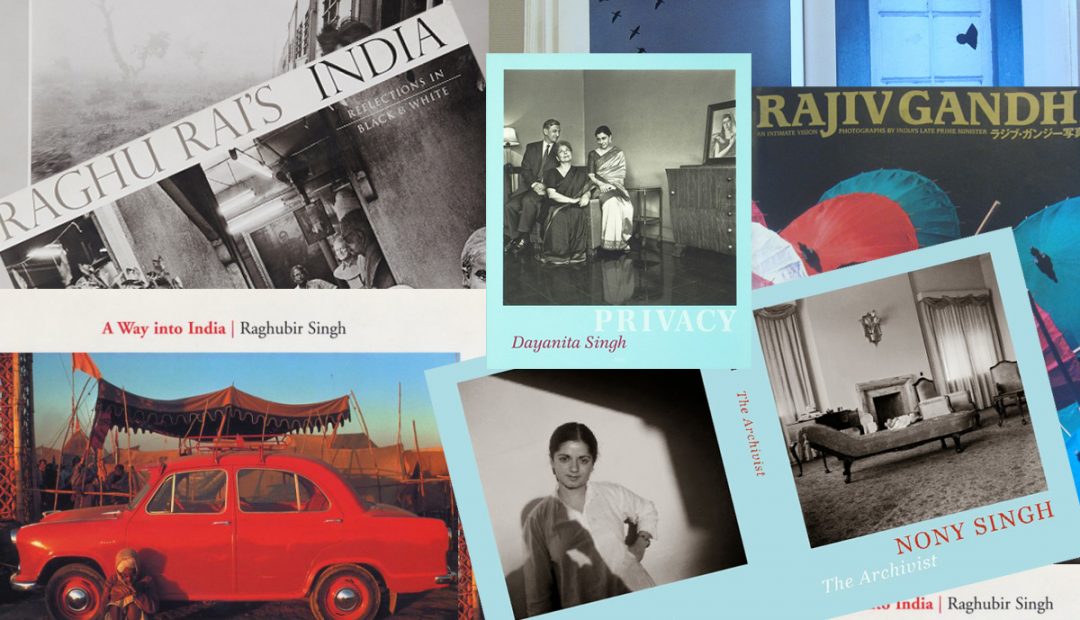
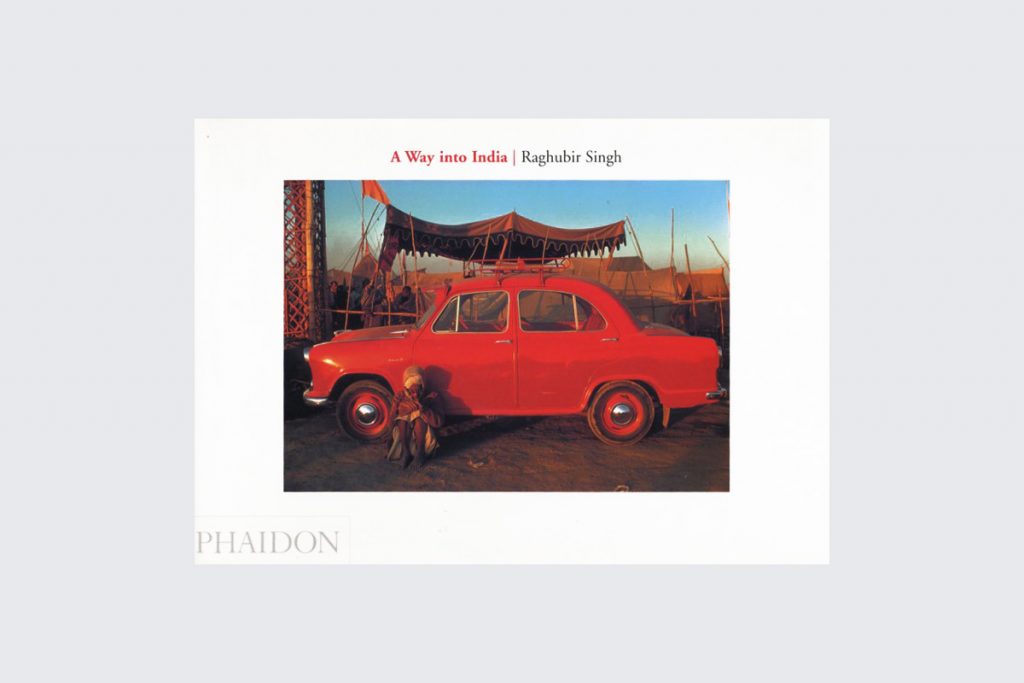
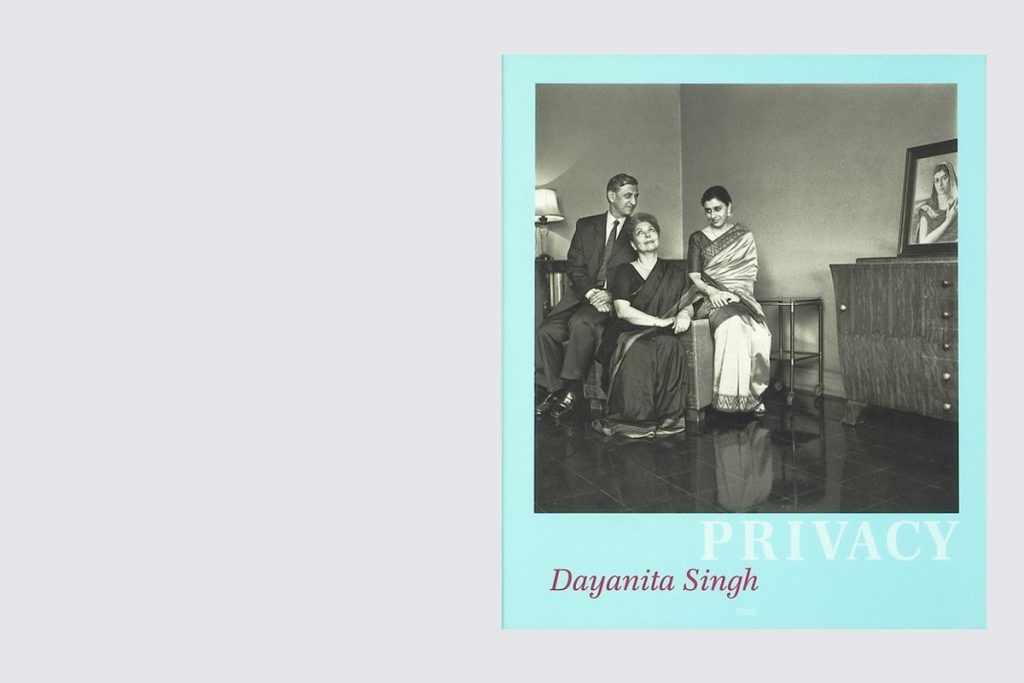
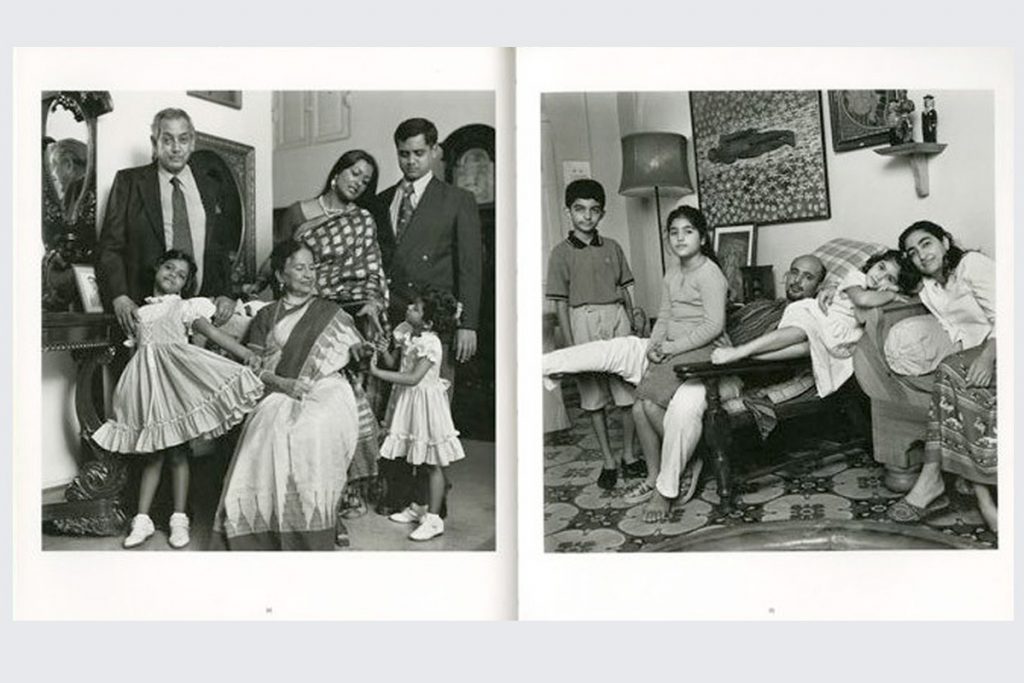
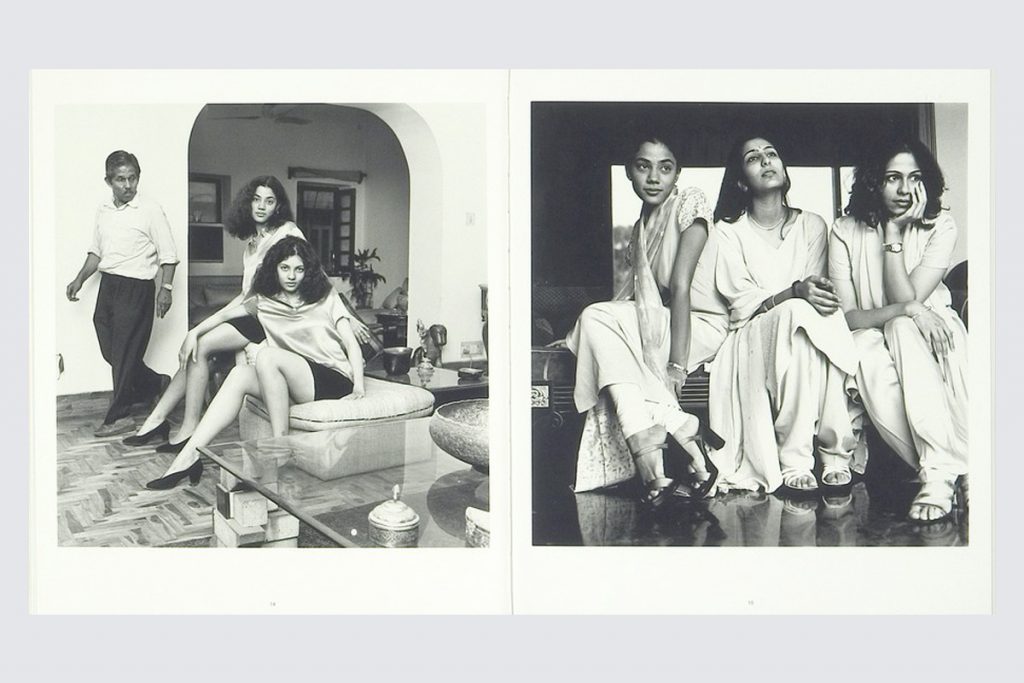
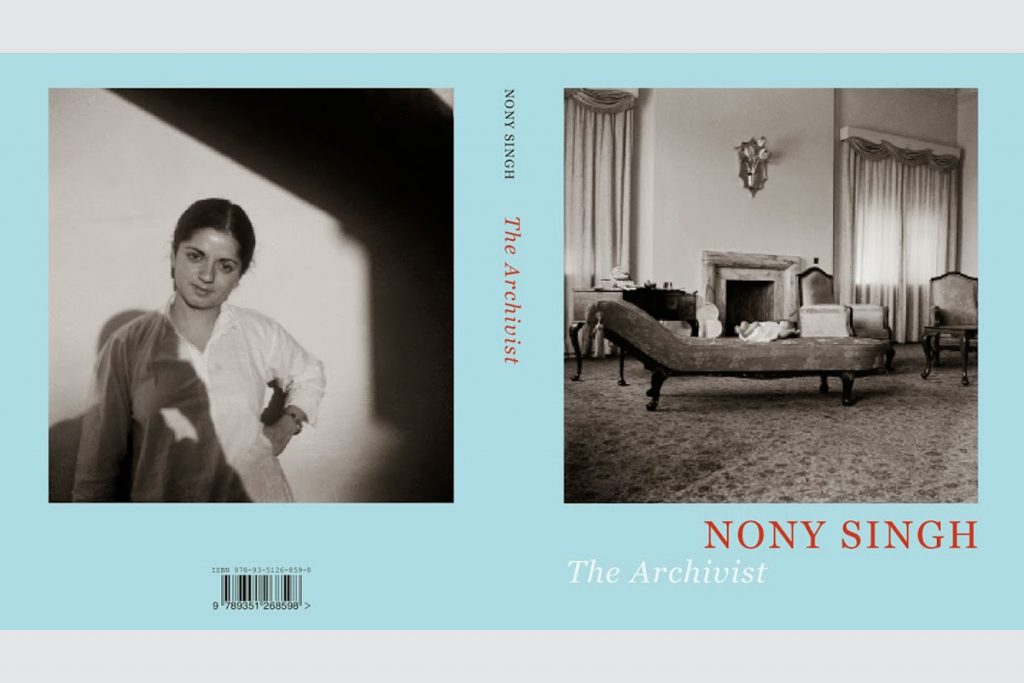
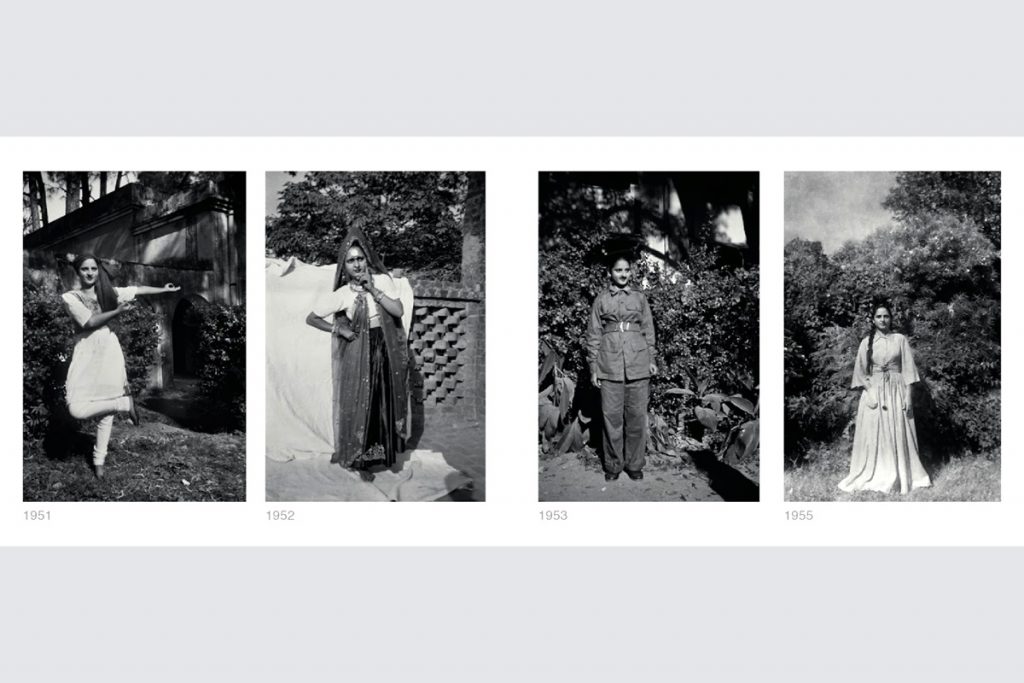


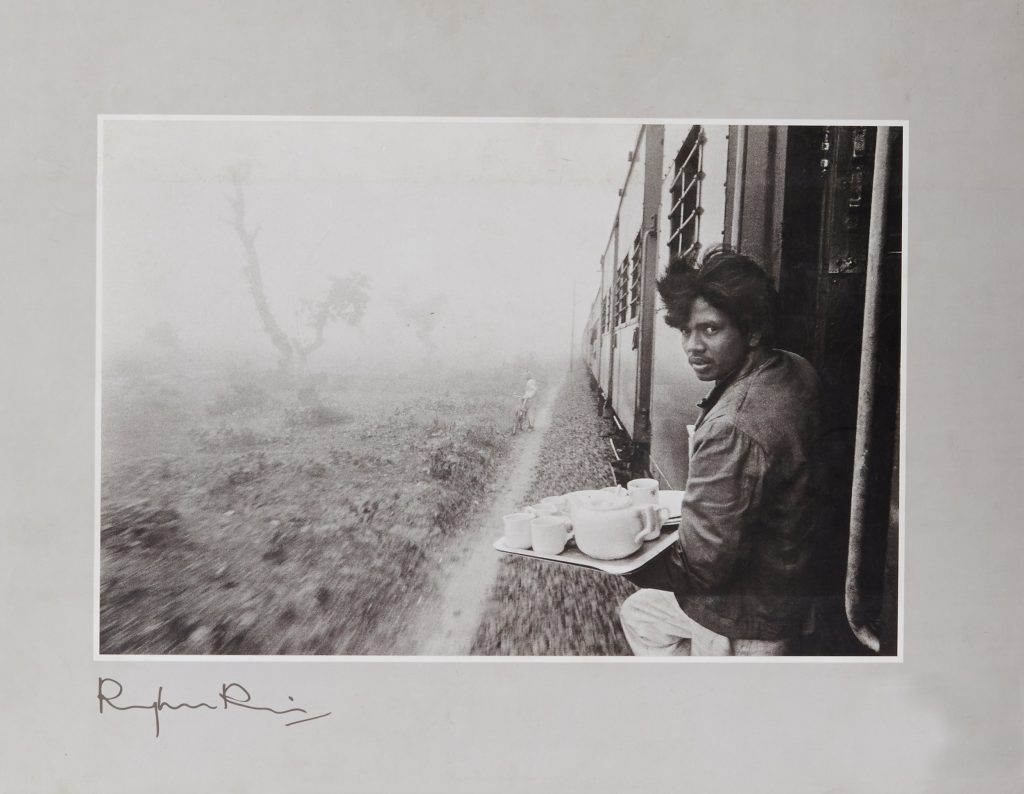


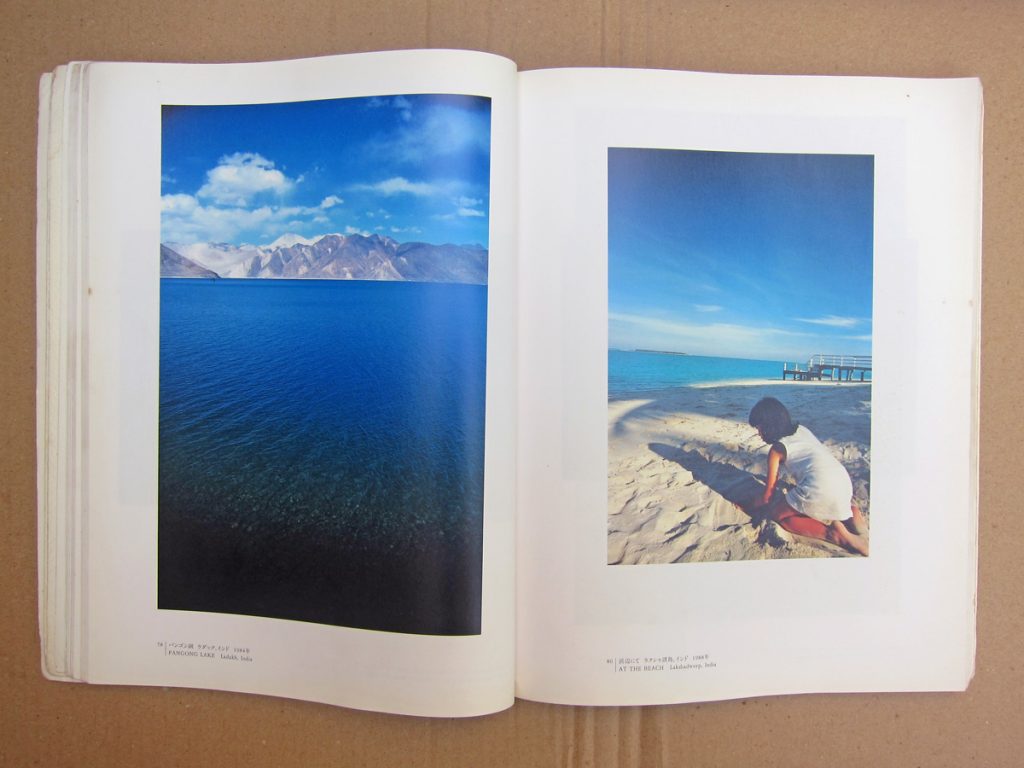
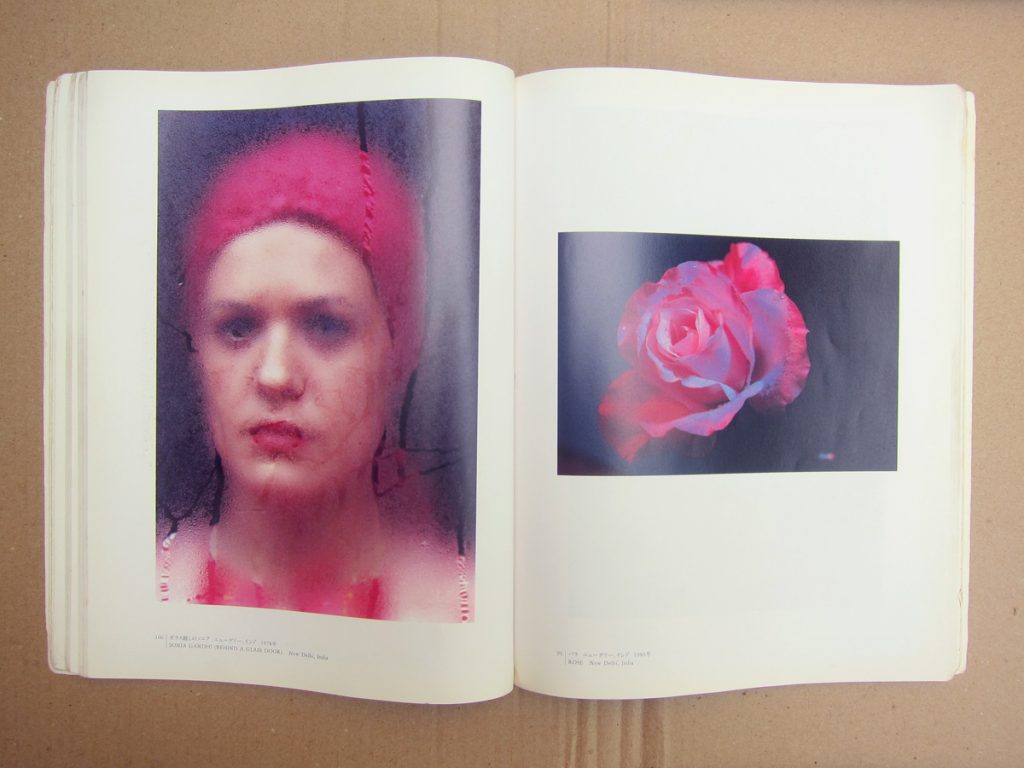
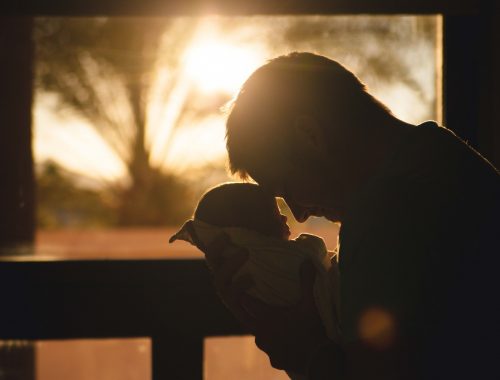




4 Comments
A good list of select few books across genre. Quite surprised to know that Rajiv Gandhi was an avid photographer too. Should get hold of this book someday.
kalpakdeshmukhIn the day and age of excessive use of smartphone cameras, you guys are doing a wonderful job of curating the art of photography! Thanks #Photojaanic and #newvision for being the docent extraordinaire!
In the day and age of excessive use of smartphone cameras, you guys are doing a wonderful job of curating the art of photography! Thanks #Photojaanic and #newvision for being the docent extraordinaire!
Thanks Kalpak, glad you find this post and New Vision useful. You are right, “in this day and age of excessive use of cameras” – it is a good idea to pause for inspiration.